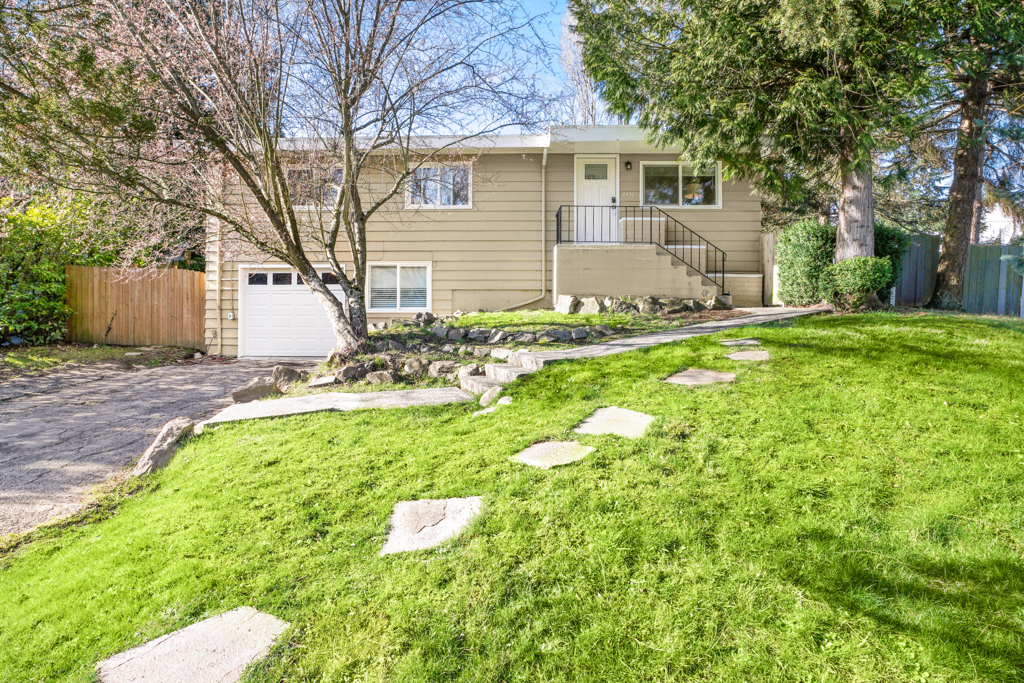
The Art of Sustainable Landscaping: Eco-Friendly Practices for Your Garden Aug 18, 2025
To begin with, the foundation of sustainable landscaping lies in choosing the right plants. Native plants are a great choice as they are naturally adapted to the local climate, soil, and wildlife. This means they require less water, fertilizer, and pest control compared to non-native species. Additionally, they provide attractive habitats for local fauna, encouraging biodiversity in your garden. When selecting plants, consider their mature size to avoid overcrowding and reduce the need for excessive pruning.
Water conservation is another crucial aspect of sustainable landscaping. Implementing an efficient irrigation system is essential. Drip irrigation or soaker hoses deliver water directly to the roots, minimizing evaporation and runoff. Installing a rain barrel is an excellent way to collect rainwater, which can then be used for watering gardens during drier periods. Reducing lawn areas, which typically require considerable water, and opting for drought-resistant ground covers or ornamental grasses can also significantly decrease water usage.
The soil is the backbone of any garden and improving its quality enhances plant health and reduces reliance on chemical fertilizers. Start with a soil test to understand its composition and nutrient needs. Integrating organic matter such as compost enriches the soil, improves its structure, and promotes healthy root growth. Composting yard waste and kitchen scraps not only provides a rich, natural fertilizer but also reduces landfill contributions.
Minimizing chemical use is pivotal in eco-friendly landscaping. Rather than reaching for synthetic fertilizers or pesticides, explore natural alternatives. Introducing beneficial insects like ladybugs to control pests, and using organic mulch, are both effective strategies. Additionally, practicing crop rotation and companion planting can naturally deter pests and enhance plant health without harmful chemicals.
Mulching is a simple yet effective practice in sustainable gardening. Organic mulches such as shredded bark or leaves help retain soil moisture, suppress weeds, and gradually enrich the soil as they decompose. Ensure a consistent layer of mulch around trees, shrubs, and flower beds to maximize these benefits.
Maintenance practices also play an integral role in sustainability. Regularly sharpening landscaping tools reduces damage to plants and extends tool life. Strategically mowing your lawn with a higher cut allows grass to better retain moisture and develop a deeper root system. When planning your garden layout, consider easy maintenance designs that allow for natural plant growth with minimal intervention.
Recycling and upcycling materials can significantly reduce the environmental footprint of your landscaping projects. Reusing stone, bricks, or wood from previous structures can add a unique aesthetic to new designs while conserving resources. Similarly, second-hand furniture or fixtures can be repurposed to fit your garden’s needs.
In conclusion, making your landscaping practices more sustainable is all about harmonizing with nature rather than working against it. By incorporating these eco-friendly approaches, Lane Landscaping customers can create beautiful, sustainable gardens that thrive with reduced environmental impact and maintenance efforts.
Embrace these strategies today to transform your outdoor space into a sanctuary that benefits both you and the planet. As you plan your next landscaping project, remember that every small effort counts in paving the way toward a more sustainable future.
/filters:no_upscale()/media/7a4e8e96-cc5c-4594-bc64-a42f7917434b.jpeg)
/filters:no_upscale()/filters:format(webp)/media/9b83dc8c-2a14-41ad-8396-dac03eea439c.jpeg)